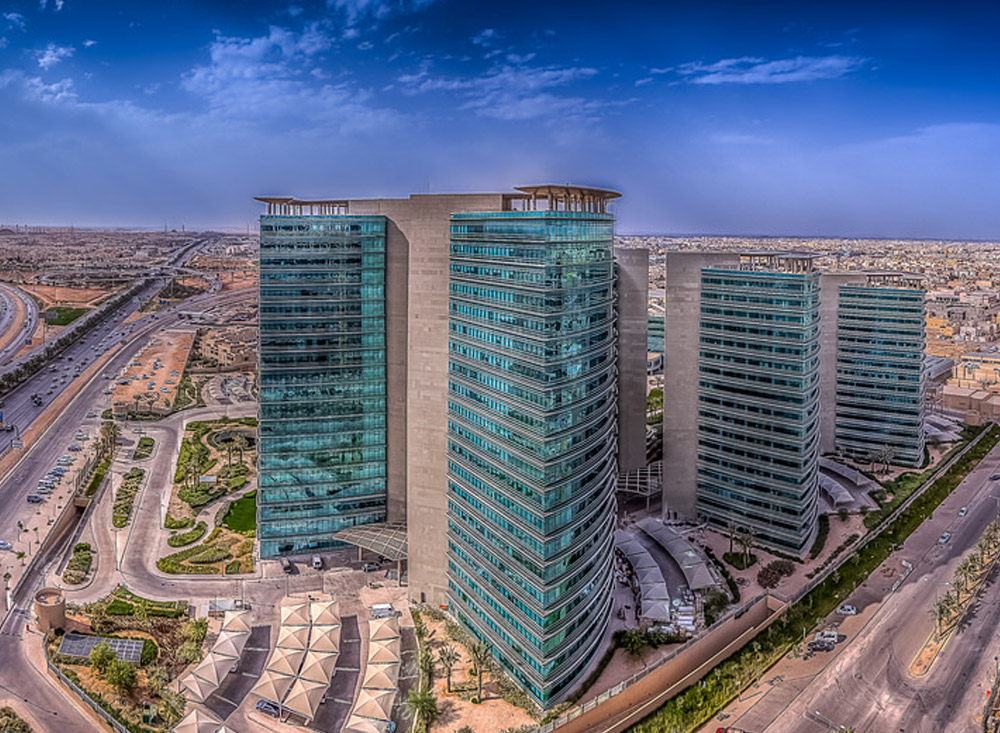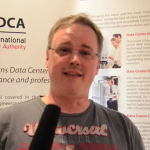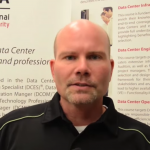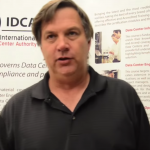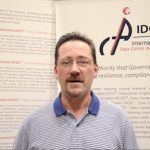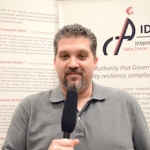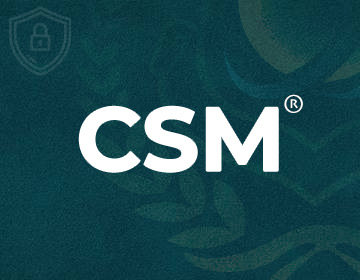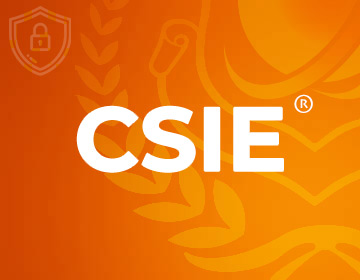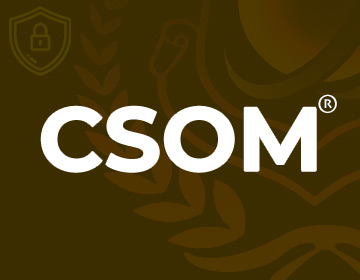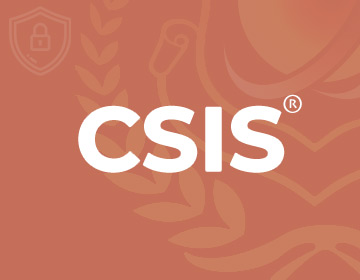Data Center Operations Manager®
Data Center Operations Manager®
5 Days, 3 Professional Certifications
This course targets Managers, Executives, Directors, Strategic Planners and/or Professionals who are engaged with operational aspects of live and running data centers.
Upcoming DCOM℠ Events
Course Description
This course targets Professionals who are engaged with operational aspects of live and running data centers. From the disaster recovery planning to health and safety criteria to capacity planning, enhancement and upgrade management, risk mitigation and migration principals to growth modeling and schemes, HR roles and responsibilities, vendor and contract management of OLAs and SLAs are all covered and effectively outlined in the program. The DCOM® generates distinguished data center operational managers, architects, service providers and mentors and enables them to have leading roles in high-availability Data Center Operations.
Who should take this course?
- Managers
- Executives
- Directors
- Strategic Planners
- Professionals
what you study
The DCOS® course focuses on best practices to be applied, and mechanisms and methodologies to enhance the long-run objectives as well as the daily operations of Data Centers.
Learning Outcomes
This course teaches how to streamline processes, increase efficiency and productivity whilst maintaining high availability. The core concepts are based on demonstrated principles, which are optimized from lessons learned from Data Center front-runners.
Prerequisites
- None.
Course Features
- DCIS®
- DCOS®
Day 1
Data Center Overview
Data Center History
-
Data Center Definitions
-
The Data Center Beast
-
Data Center Downtime & Outage
-
Present Data Center Standards
-
Future of Data Center Standards
The Infinity Paradigm®
-
Application Ecosystem (AE)℠
-
Core & Pyramid Models
-
The Organization
-
The 7 Abstraction Layers
- Application Layer
- Platform Layer
- Compute Layer
- ITI Layer
- SFI Layer
- Site Layer
- Topology Layer
-
Application Delivery Model (ADM)
-
Application Delivery Infrastructure (ADI)
-
Data Center Node (DCN)
-
Logical Infrastructure
-
Physical Infrastructure
Grading Systems
Data Center Tiers & Classes
-
Data Center Grade Levels
-
AER, OER, EER, RER, SER
-
Efficacy Score Rating
Data Center Development
Data Center Tiers & Classes
-
Data Center Development Process
-
Data Center Phases
Site, Civil & Architecture
Data Center Site Selection & Criteria
Data Center Site Proximity, Hazard & Risks
Data Center Topology
Data Center Structure
Data Center Construction
Data Center Interior Fit-out
Data Center Space Relationships
Data Center CR, ER, MDA, HDA and ZDA
Data Center Raised Floor System
Data Center Grounding & Bounding
Data Center Earthing
Power Systems
Data Center Site Selection & Criteria
Logical Electrical Flow
DC, AC, W, AV Rates and Concepts
Utility Service
High Voltage Systems
Switchgear
Transformers
Low Voltage Systems
Uninterruptible Power Supply (UPS) Systems
UPS Configurations
Battery and Battery Types
Generators
Fuel Tanks
Power Distribution
ATS, STS
Power Cabling
Busbar Trunking System (BTS)
EPO
Grounding
Lightning Protection System
Alternative Power Sources
EF, MF, EMF, EMI
EMF & EMP Shielding
Day 2
Data Center Cooling
Environmental Air
Cooling Capacity
Precision Cooling
Direct Expansion (DX) Systems
Non-DX Systems
Cooling Methodologies
Cold-Aisle / Hot- Aisle
CRAC/CRAH
Cooling Topologies:
Open CRAC Systems
Aisle Containment (Cold & Hot)
In-Row Cooling
In-Rack Cooling
Cooling Towers
Chillers
Data Center Water Supply
Fire Protection
Fire Types and Classes
Smoke and Heat Detection
Aspiratory Detection and Sensing
Sprinkler Systems
Gas Suppression Systems & Agents (FM200, Novec, etc.)
Fire Prevention Technology
Data Center Safety
Data Center Security
Physical Infrastructure Security
CCTV
Access Control
Mantraps
Barbwires
Security Protocols & Procedures
IT Infrastructure Security
Data Center Structured Cabling
Cabling Layout
Patching & Termination
Labeling
Intelligence
IT Infrastructure
System
Storage
Networks
Virtualization & Cloud
External Telecom Connectivity
High Availability Designs
Data Center Efficiency
Cost of Energy
Power Usage
Power Usage Effectiveness (PUE)
Data Center Infrastructure Efficiency (DCIE)
Applications and Hosting Models
Applications
Application Delivery Architecture
App Tiers
Colo vs Managed Hosting
ASP Hosting
Public & Private Clouds
Monitoring and Management
MMS, EMS, EPMS, BMS
Temperature Monitoring
Leak Detection
Integration
Network Operation Center (NOC)
Systems
Procedures
Control
Data Center Trends
Latest Data Center Technology Trends
Latest Data Center Industry Trends
Examination
Day 1
Compliance
Data Center Assessment
Data Center Audit
Data Center Certification
Data Center Certification Types
Data Center Standards, Frameworks, BPs
Quality Systems
Quality Assurance
Quality Control
Quality Improvement
Business Continuity
Data Center Risk Factors
Business Continuity Management
Business Continuity Planning
RPO
RTO
Disaster Recovery Planning
Data Center Organizational Structure
Data Center Stakeholders
Open Process Framework
Data Center Operations Management Team
Data Center Business Manager
Data Center Topology Manager
Data Center Operations Manager
Data Center Node Operations Manager
Data Center Node Manager
Data Center SFI Manager
Data Center ITI Manager
Data Center Floor Manager
Data Center Site Manager
Data Center NOC Manager
Data Center S&S Manager
Relationships, Duties and Limitations
Human Resources
Principals of Data Center HR
People as Assets
People as People
Job Description
Recruitment
Benefits & Compensation
Orientation & Training
Performance & Evaluation
Retention Plan
Dismissal
Job Rotation
Skills Redundancy Plan
Data Center HR Challenges
Day 2
Data Center Management
Cost Management
Asset Management
Equipment Lifecycle Management
Buy or Lease Evaluations
Warranties
Vendor Management
RAS, RFP, RFI, RFT, RFQ, IFB
Crises Management
Data Center Service Availability
SLAs
OLAs
SLRs
OLRs
Data Center Efficiency
Green Initiatives
KPI’s
OPEX Monitoring
DCIE, SEER, EER, COP, SPF
EUE and PUE v2
PUE Loopholes
Advanced PUE Concepts
Enhanced Cooling Efficiency
Increased Power Efficiency
Applied Virtualization
Utility Computing
Data Center Day-to-Day Operation
Data Center Policies & Procedures
Data Center SOPs
Data Center Checklists
Data Center WOs
Data Center SOWs
Data Center PTWs
Data Center Floor Management
Data Center Inventory Management
Commissioning & Decommissioning
Labeling Matrix & Methods
Business Office Management
Documentation Management
Data Center Micro Cleaning
Data Center Pest Control
Facilities Management
Computational Fluid Dynamics
Real-Time Monitoring
Thermal Imaging
Cooling System Maintenance Regime
Fire Protection Systems Management
Electrical Systems Maintenance Regime
Generator Testing
UPS Management & Testing
ITI Operations Management
ITSM, ITIL v.3
Loading Dock
Shipping & Receiving Area
Staging Area
VTS and Burn-In
Day 3
Data Center Capacity Management
Capacity Management Concepts
Cost-Value-Efficiency Analysis
ABC
Capacity Management Activities
Capacity Management Process
ETL
Facility Capacities & Load
Structural Capacities & Load
Telecom Capacities & Load
IT Capacities & Load
Capacity Benchmarking
Capacity Trending
Capacity Modeling
Capacity Analytics
Capacity Planning Tools
Data Center Monitoring & Management
M&M Goals
Monitoring & Management Systems
Environment Monitoring System (EMS)
Electrical Power Management System (EPMS)
Building Management System (BMS)
Network Management System (NMS)
Data Center Infrastructure Management (DCIM)
Business Service Management (BSM)
M&M Reporting & Analytics
Support & Help Desk
Data Center Safety & Security Management
Safety Priorities & Plans
Emergency Types & Plans
Security Controls & Management
Visitor Types and Access
Penetration Testing and Techniques
Data Center Maintenance & Repair
Data Center Maintenance Regimes
Data Center Maintenance Grades
Maintenance Scope, Budget, Skillsets, and Impact
Maintenance Contracts
MTBF and TTR
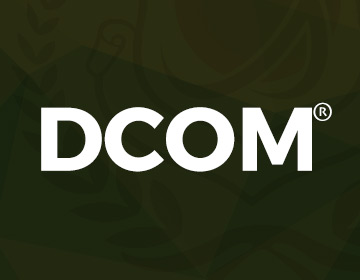
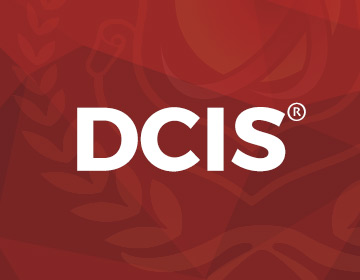 +
+ 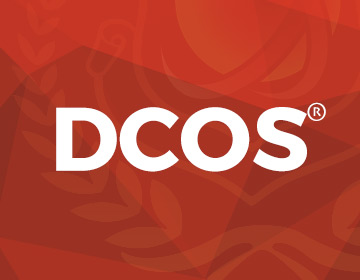 )
)